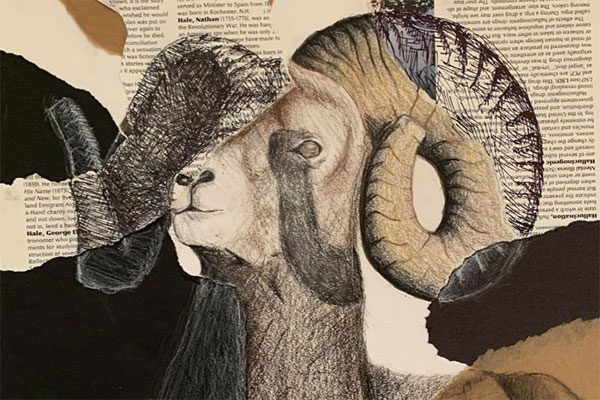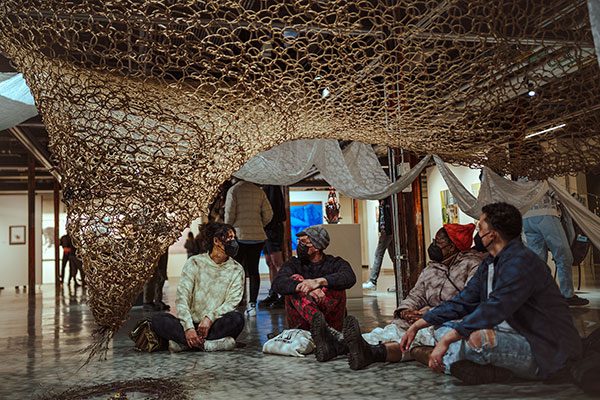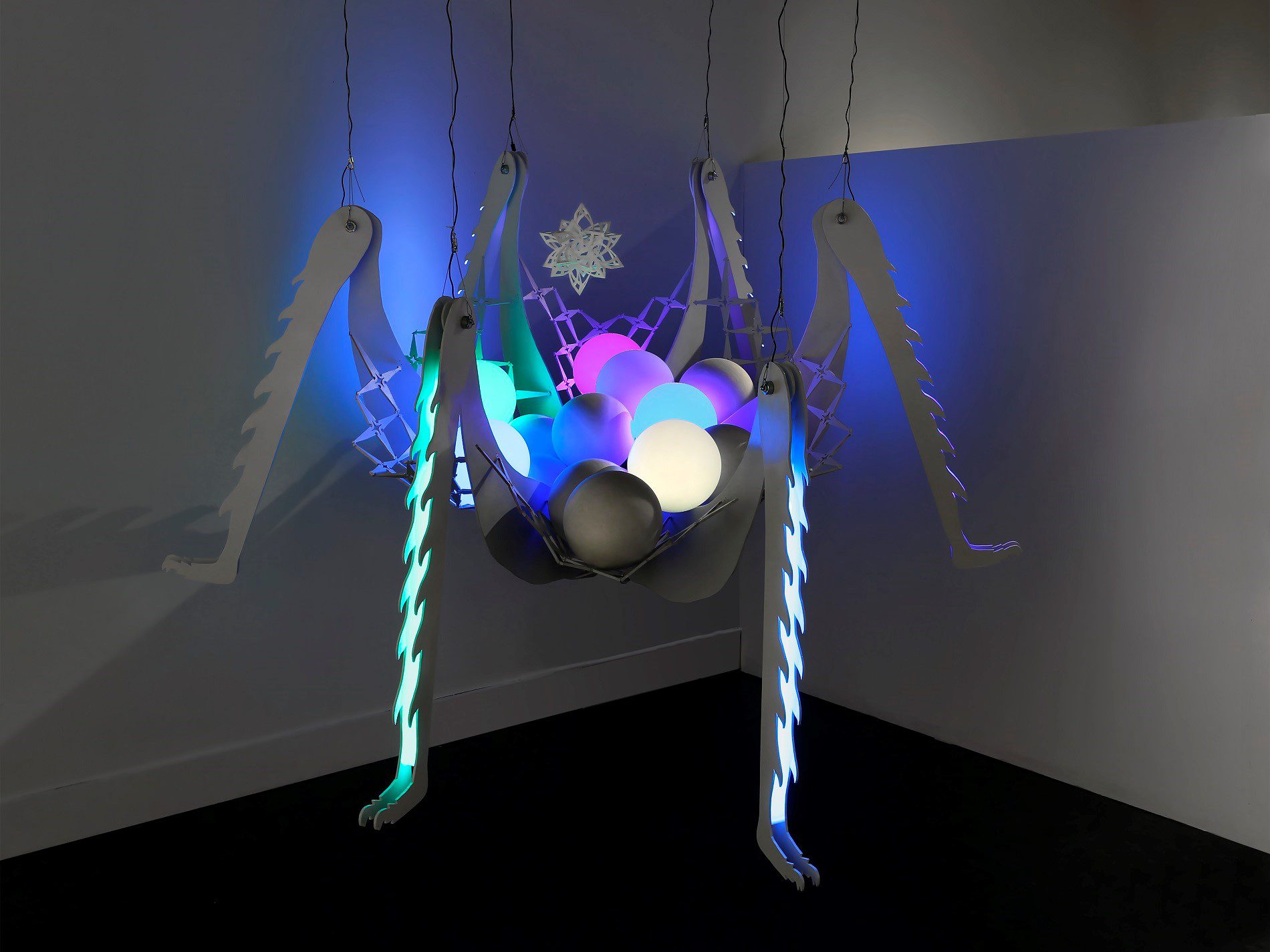
According to the report written by the Office of Economic Development, there were 67,350 creative jobs in greater Seattle by the end of 2017. Between 2012 and 2017, we added 4,373 more creative jobs than would be expected if Seattle had followed national trends.
Unfortunately, we also know from the data that women and people of color are underrepresented in certain creative occupations and that within these occupations, wage disparities exist along job title, race, and gender.
In 2019, the Office of Arts & Culture (ARTS) and Office of Economic Development are collaborating on an intentional, qualitative and quantitative creative workforce study with a race and social justice lens. ARTS is interested in identifying barriers at the entry, middle, and established tiers of creative economy work, and designing recommendations for how to increase access for those who historically have been left out.
Please spend 10-15 minutes filling out this online survey and share with your communities.
While the survey is completely anonymous, you will have a chance upon completing the survey to enter your email address to be considered for a raffle drawing for prizes. Five individuals will be selected to receive either a $25 pre-loaded VISA gift card or a professional development lunch with ARTS Director Randy Engstrom.
About the researchers
You can reach the UW Evans research team comprised of Aline Moch Islas, Casey Moser, Shomya Tripathy, and Louie Tan Vital at creativeeconomyseattle@gmail.com. This effort is being coordinated by Mytoan Nguyen-Akbar, PhD, Impact and Assessment Manager and Mellon/ACLS Public Fellow at ARTS with on-going research partnerships between ARTS and the University of Washington Evans School of Policy and Governance. UW Faculty member Joaquin Herranz, Jr., PhD, is advising this team.




